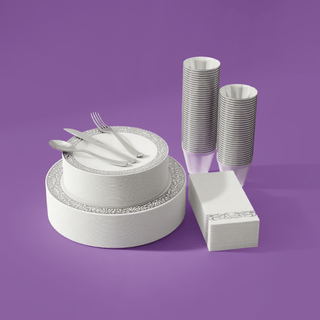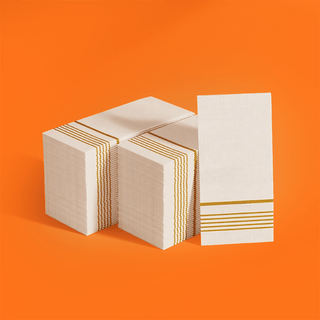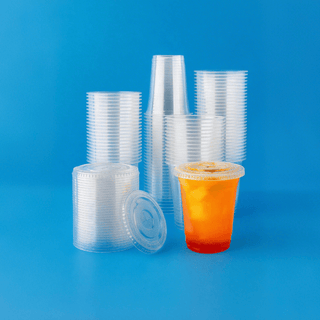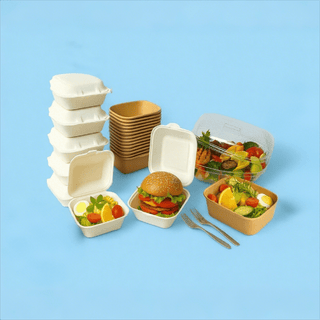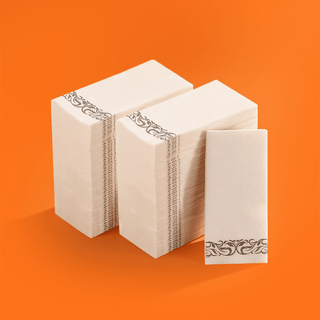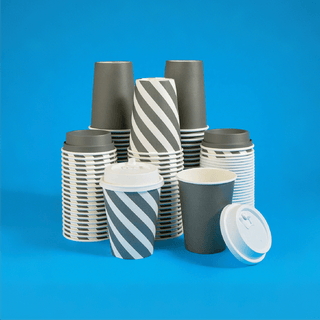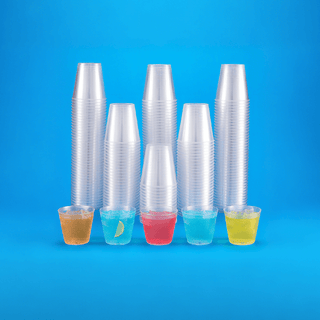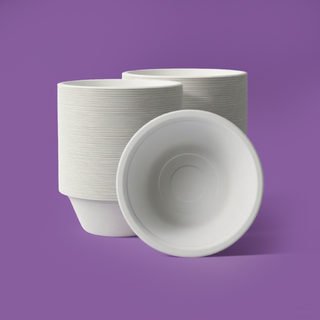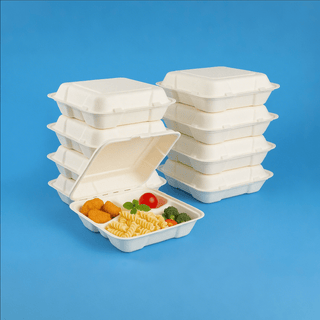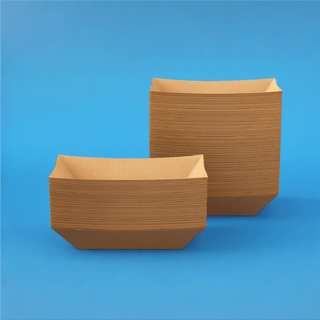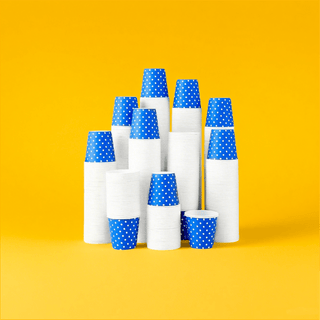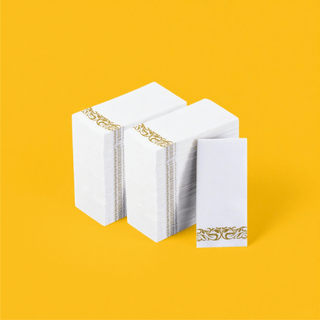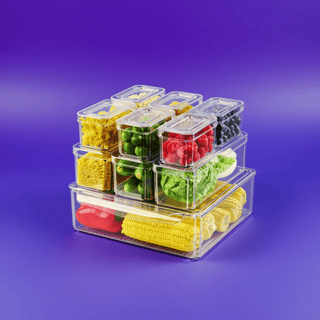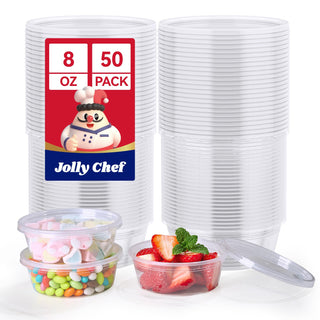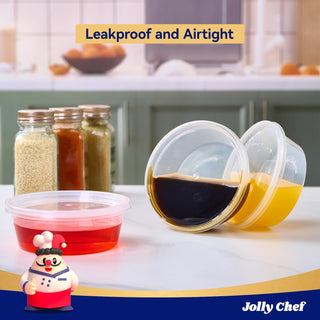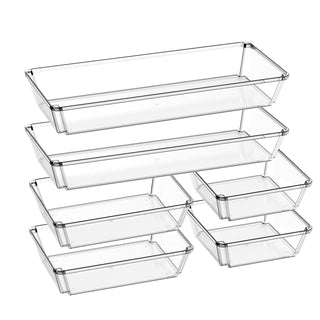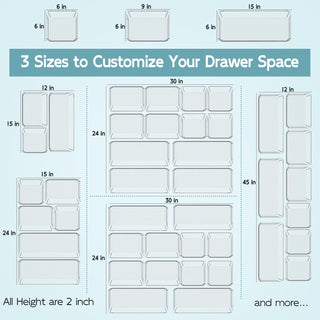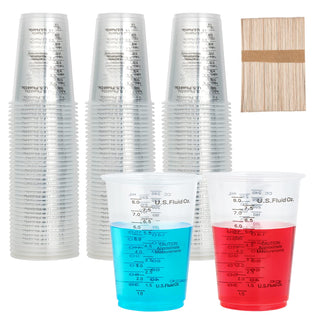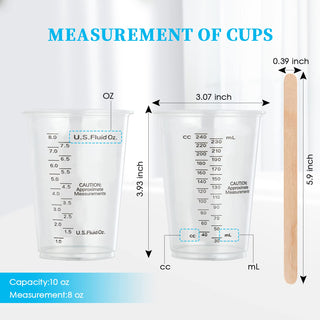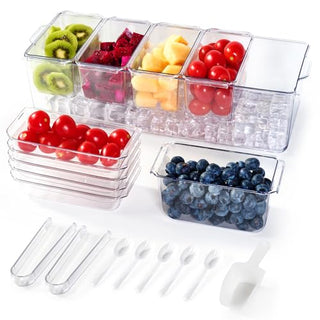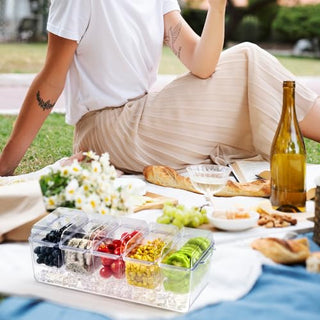
Cheap Kitchenware Buys
Building a functional kitchen on a budget is a common goal, especially since 84.9% of households now cook at home more than four times a week. The best approach is a 'Splurge vs. Save' strategy for your kitchen. You invest in items that do the heavy lifting and save on the rest.
We’ve all been there: a dull knife from a cheap kitchenware set turns a tomato to mush. A flimsy pan burns your food, creating a stubborn mess for your kitchenware cleaning cloth. These tools perform poorly and are hard to clean.
Key Takeaways
Invest in core kitchen tools like quality cookware, a good chef's knife, and a durable cutting board. These items last longer and make cooking better.
Save money on other kitchen items. You can find affordable tools at second-hand stores or restaurant supply stores. Avoid single-use gadgets.
Use smart food storage to reduce waste. Reusable, leak-proof containers keep food fresh longer and save you money.
Switch to reusable cleaning cloths. Microfiber cloths are super absorbent and can be washed many times. This saves money and helps the environment.
YOUR CORE KITCHEN ESSENTIALS
These are the foundational pieces of your kitchen. You will use them every day. Investing in these core kitchen essentials saves you money over time. Quality tools last longer, so you will not need to replace them often. They also improve your cooking, prevent food waste, and make your time in the kitchen more enjoyable. These are the items where a higher upfront cost pays you back with years of reliable performance.
THE WORKHORSE COOKWARE
Your cookware directly touches your food. Its performance dictates whether you get a perfect sear or a burnt mess. High-quality cookware offers excellent, even heat distribution, while budget options often have hot spots that burn food. A good pan is also safer, as cheap coatings can peel over time.
Splurge vs. Save: Cookware Breakdown
Durability: Budget cookware may last only 1-3 years. High-end pieces can last a decade or even a lifetime.
Heat Control: Premium pans heat evenly. Cheap pans often have hot spots.
Safety: Quality cookware uses stable, non-toxic materials. Budget coatings can scratch or peel easily.
Warranty: Top brands often offer lifetime coverage. Budget items usually have a limited warranty, if any.
Here are the key pieces worth the investment:
The Cast Iron Skillet: A cast iron skillet is one of the most versatile essentials for any kitchen. It excels at high-heat searing, locking in flavor whether you're cooking a steak or vegetables. A cast iron pan retains heat incredibly well, which is perfect for frying or even baking cornbread. With proper care, a cast iron skillet develops a natural, non-stick surface and will last a lifetime. This single piece of cast iron can go from your stovetop directly into the oven. Its durability is unmatched; you can even use your cast iron skillet on a grill. Many chefs consider cast iron a precision tool because it holds heat so dependably.
The Enameled Cast Iron Dutch Oven: This heavy pot is a game-changer for slow-cooked meals. The enameled cast iron build retains low, even heat for hours, perfect for stews and braises. The enamel coating is non-reactive, so you can cook acidic foods like tomato sauces without issue. It also makes cleanup much easier. You can even bake bakery-quality bread in it, as the pot traps steam to create a perfect crust.
A Quality Saucepan and Skillet: For everyday tasks, a good stainless steel pan is a must. Look for one with an aluminum or copper core, as these materials help the pan heat evenly. For eggs and other delicate foods, a reliable nonstick skillet is invaluable. While you don't need the most expensive nonstick skillet, avoid the cheapest options. More advanced cooks might also consider carbon steel pans, which offer heat retention similar to cast iron but are lighter.
A HIGH-QUALITY CHEF'S KNIFE
Professional chefs agree that your most important tool is a high-quality chef’s knife. A sharp, well-balanced chef’s knife makes prep work faster, safer, and more pleasant. A dull knife requires more force, increasing the risk of it slipping.
When shopping for a chef’s knife, look for these features:
Forged Blade: Forged knives are made from a single piece of steel that is heated and hammered into shape. This process creates a stronger, more durable blade that holds its sharp edge longer than a stamped blade. You will spend less time sharpening it.
Full Tang: This means the steel from the blade runs all the way through the handle. A full tang provides excellent balance and makes the knife much stronger.
Comfortable Handle: The knife should feel like an extension of your hand. An ergonomic handle reduces fatigue during big chopping jobs.
You do not need a whole block of knives. A single, great 8-inch chef’s knife can handle about 90% of your cutting tasks. Even a good entry-level chef's knife will be a massive upgrade over a cheap set. This is one of the most critical kitchen essentials you can own.
THE DURABLE CUTTING BOARD
A good cutting board protects your countertops and, more importantly, your knives. The material of your cutting board has a big impact on how long your knife stays sharp.
Why Wood is Best: Wooden cutting boards are the best choice for knife longevity. Wood is soft enough that it won't dull your blade quickly. It provides a firm surface that has a little bit of give, which preserves the knife's sharp edge. Hard materials like glass or stone will dull a knife almost instantly.
-
Maintenance is Key: A wooden cutting board is an investment that needs a little care.
Clean it properly: Scrub your cutting board with hot, soapy water after use. Never put it in the dishwasher, as the heat can cause it to warp and crack.
Dry it completely: Pat the board dry with a towel and let it air dry standing on its edge. This allows air to circulate and prevents moisture damage.
Oil it regularly: To keep the wood from drying out, treat your cutting board with a food-grade mineral oil once a month. This simple step will keep it in great shape for years.
Pairing your quality knife with a solid cutting board creates a prep station that makes cooking in your kitchen a true joy. These are essentials worth paying for.
OUTFIT A KITCHEN ON A BUDGET
You have your core investments. Now you can outfit a kitchen with the remaining tools without breaking your budget. Many kitchen items do not need to be expensive to be effective. You can find excellent, affordable miscellany that gets the job done perfectly. The key is to avoid single-purpose gadgets and focus on versatile, durable basics. This is where you save money and build a truly practical kitchen.
FINDING CHEAP KITCHENWARE
Finding cheap kitchenware that lasts is a skill. You can avoid many overpriced tools that only serve one function. For example, an apple corer is unnecessary when a knife works just as well. Many popular gadgets are often not worth the high price tag for the average home cook.
Overrated Kitchen Tools to Avoid
High-End Blenders: A blender costing hundreds of dollars is often underused, making its cost-per-use very high. A budget-friendly model like the Ninja Professional Blender offers great performance for just $80.
Copper Cookware: These pots look beautiful but are impractical for daily use. They damage easily and require constant polishing.
Single-Use Gadgets: Many tools, from avocado slicers to banana keepers, can be replaced by a simple knife or proper storage. As chef Anthony Bourdain noted, a single chef's knife can handle 90% of kitchen tasks.
Second-hand stores, garage sales, and estate sales are goldmines for finding cheap kitchenware. You can inspect items for quality before you buy. Look for these features when buying used utensils:
Choose Single Materials: Look for utensils made entirely of stainless steel. Handles made of wood or plastic can warp or break over time.
Check the Grade: The best stainless steel is 18/10 grade. This number is often etched into the metal and means it is highly resistant to rust.
Test the Balance: Hold the utensil. A well-balanced tool feels comfortable in your hand and will not fall off a plate easily.
BASIC PREP TOOLS
Your daily prep work relies on a handful of simple tools. You do not need expensive brands for these items. Focus on function and durability. Restaurant supply stores are a fantastic source for no-frills, heavy-duty prep tools at a low cost.
Here are the essential, cheap kitchenware items every kitchen needs:
Mixing Bowls: A set of stackable bowls is essential for everything from mixing batter to tossing salads. You will use these bowls constantly.
Measuring Cups and Spoons: Accuracy is key in baking and cooking. A standard set of measuring cups and spoons is inexpensive and vital. Get one set for dry ingredients and a glass one for liquids.
Spatulas and Spoons: You need a few types. A heat-resistant silicone spatula is perfect for scraping bowls and stirring in hot pans. Wooden spoons are gentle on your cookware.
Whisk and Tongs: A whisk is necessary for smoothly blending ingredients like eggs or vinaigrettes. Tongs act like an extension of your hands for flipping and serving food safely.
Strainer or Colander: Use a strainer to drain pasta, wash vegetables, and rinse beans. It is a simple but hardworking tool.
SMART FOOD STORAGE
Effective food storage is one of the best ways to save money in the kitchen. The average family wastes nearly $3,000 on discarded food each year. Proper storage for leftovers keeps food fresh, reduces waste, and makes meal prepping easy. This is an area where a small investment pays you back quickly.
When choosing containers, you want something durable, safe, and reliable. Jolly Chef's Plastic Round Meal Prep Containers are an excellent budget-friendly choice.
Safe and Durable: These containers are made from high-quality, BPA-free plastic. This means no harmful chemicals will leach into your food. They are strong enough for daily use and are refrigerator, microwave, and dishwasher safe.
Leak-Proof Seal: The lids create an airtight seal. This prevents messy spills in your fridge or lunch bag. It also keeps air out, so your food stays fresher for much longer, preserving its flavor and quality.
Versatile and Convenient: These bowls are perfect for portion control, storing soups, or packing lunches. You can go from the freezer to the microwave for ultimate convenience. Their stackable design also helps you organize your fridge and save space.
Using a reliable storage system helps you see what you have, eat what you buy, and stop throwing money in the trash.
ECO-FRIENDLY CLEANING
Keeping your kitchen clean doesn't require an endless supply of disposable products. You can save money and reduce waste by switching to reusable cleaning supplies. This is a smart move for your budget and the environment.
A great place to start is by replacing paper towels. Consider Jolly Chef Efficient 12"x12" Pink & Gray Microfiber Cleaning Cloths. These cloths come on a perforated roll, just like paper towels, so they are easy to tear off and store. However, they are far more powerful.
Superior Absorption: One microfiber cloth can absorb eight times its weight in water, making it perfect for wiping up spills.
Reusable and Durable: You can wash and reuse each cloth hundreds of times. They are a fantastic long-term investment.
Cost-Effective: Switching from disposable paper towels to reusable microfiber can save you a significant amount of money each year.
Category |
Paper Towels (Disposable) |
Microfiber Cloths (Reusable) |
|---|---|---|
Uses Per Unit |
1 |
300–500 |
Cost Per Use |
$0.01–$0.02 |
$0.002–$0.003 |
Annual Savings |
N/A |
Often 70–85% |
You can also make your own effective, cheap kitchenware cleaner. Mix these ingredients in a spray bottle for an all-purpose solution that works on countertops, appliances, and sinks:
1 cup of rubbing alcohol
3 cups of water
5 drops of dish detergent
This simple approach to cleaning helps you outfit a kitchen in a way that is both economical and responsible.
Building a smart kitchen means you invest in durability and save on everything else. Your kitchen's true foundation is a great pan, a sharp knife, and a solid board. You can stretch your budget even further with creative habits. Find a durable pan or other basics at restaurant supply stores. You can also repurpose items you already own for your kitchen.
Turn an empty milk jug into a handy scoop.
Cut a pool noodle to stop a silverware drawer from sliding.
FAQ
### What is the most important kitchen item to splurge on?
You should invest in a high-quality 8-inch chef's knife first. A great knife makes your food prep safer, faster, and more enjoyable. It handles about 90% of all cutting tasks in the kitchen, making it your most-used tool.
### How can I spot good quality in cheap kitchenware?
Look for tools made from a single, durable material like stainless steel. These items avoid weak points where different materials connect. You should also check that the tool feels balanced and sturdy in your hand before you buy it.
### Are expensive nonstick pans a smart buy?
Not always. All nonstick coatings wear out over time. A mid-range pan often performs just as well as a very expensive one for daily cooking. You can save money by replacing a moderately priced pan every few years.
### What's the best way to start meal prepping on a budget?
Start with affordable, reusable containers. You need something durable, leak-proof, and safe for your food. This simple step helps you store leftovers and prepped meals, which reduces food waste and saves you significant money over time. 🍽️

